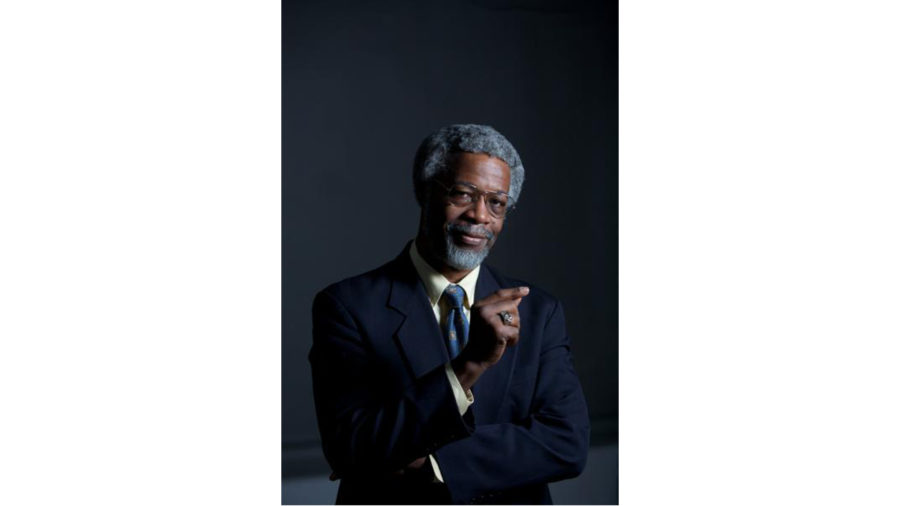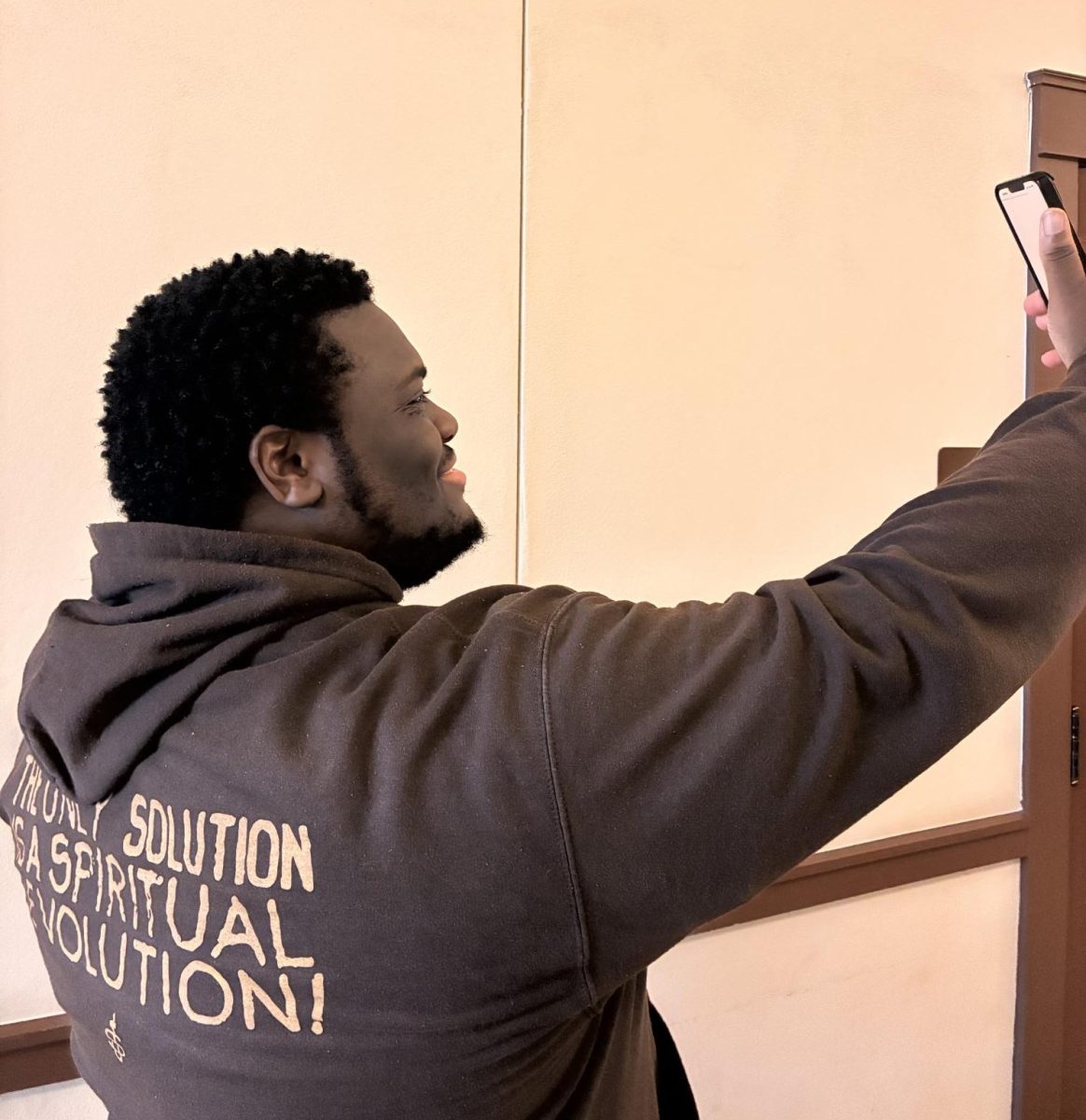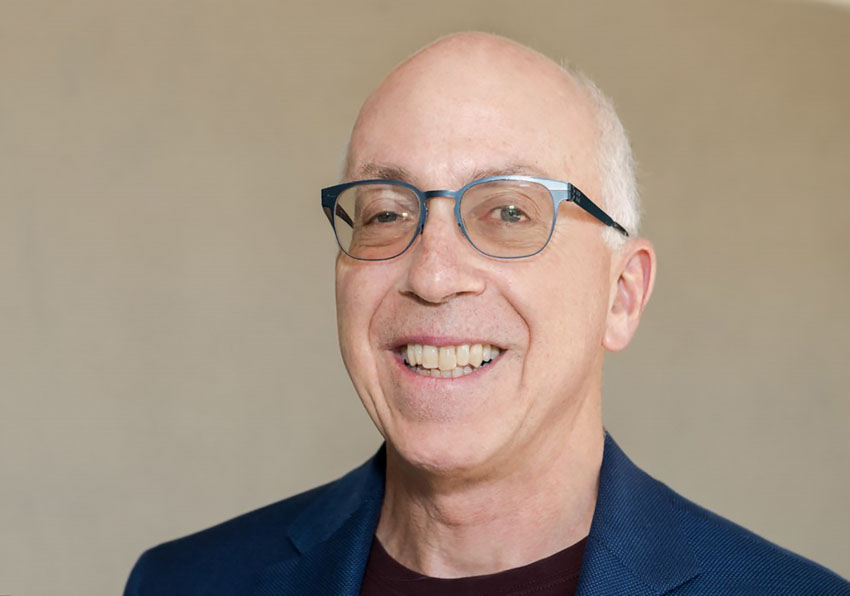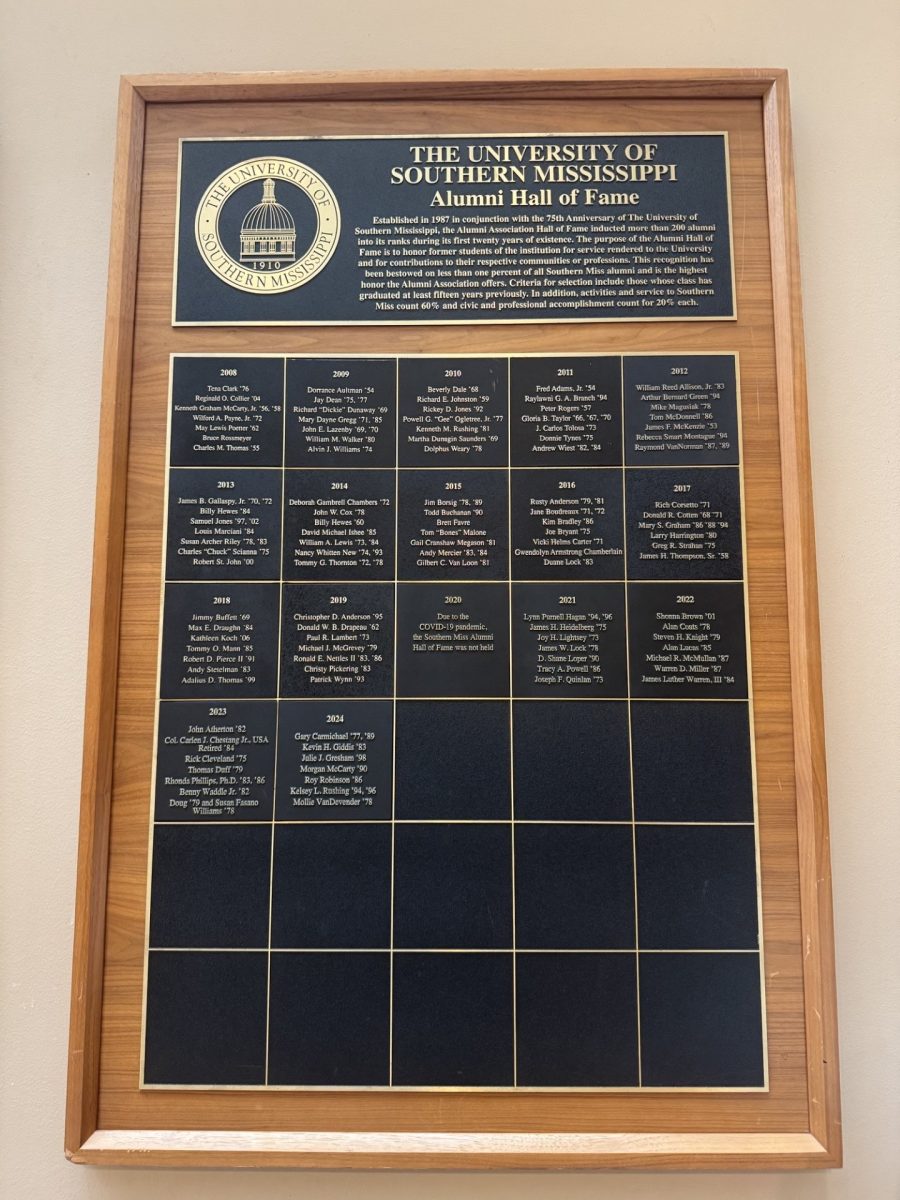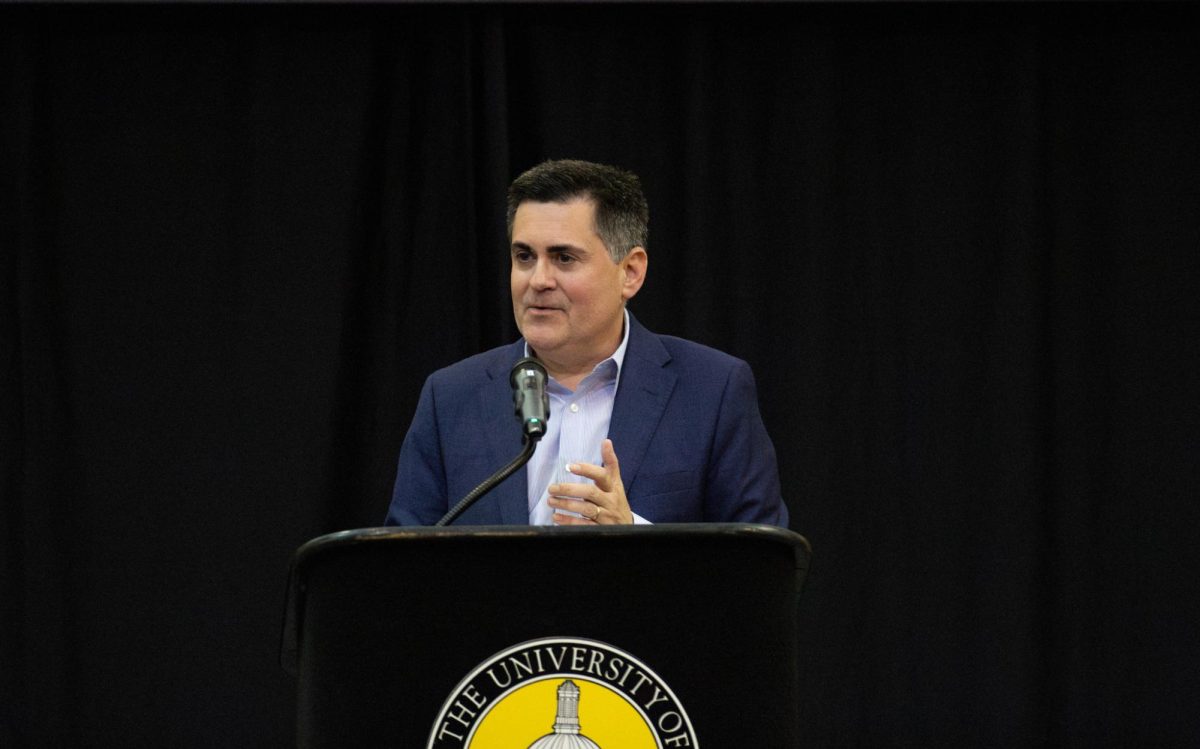Author and theoretical physicist James Gates spoke in Bennett Auditorium on April 7 in a lecture about particle physics and supersymmetry titled, “Will the precision hunters be the first to spot SUSY’s footprints?”
The Physics Department hosted the lecture in a series named in honor of former USM College of Science and Technology associate dean Grayson Rayborn and his wife Jane, who recently made a donation to the USM foundation. The funds donated will allow the university to host more lectures in the series.
“Actually, this particular event is one of the biggest ways and so when the Rayborns approached us about
doing a donation that would help students and help the community, this was the thing that we talked about,” said Chair of the Physics Department Chris Winstead. “Being able to bring these kinds of lectures […] and let the public and primarily our students — USM students — get to interact with and hear from these nationally famous guys.”
The lecture was the first in the series of lectures that Winstead hopes to bring to USM. No future guests lecturers have been named, though Winstead said some are being considered.
Gates’ primary research has been on supersymmetry and how the universe has a uniformity and a symmetrical tendency, referencing the periodic table as once having holes in it.
“Supersymmetry predicts a partner particle for each particle in the Standard Model to help explain why particles have mass,” according to CERN, the European particle physics laboratory.
Gates described string theory, its basic concepts and basic quantum mechanics while discussing the intricacies of protons, neutrons and electrons.
Protons and neutrons, as he explained, are made up of quarks. These quarks, too, are held together by other particles, but these particles cannot be seen by any equipment available to scientists today.
One such particle that holds these protons and neutrons together is called the Higgs boson.
According to University of Edinburgh’s website, the Higgs boson is named for Peter Higgs, who is professor emeritus at the University of Edinburgh. He theorized that such a particle existed as it had its place in the equations, and whose existence was confirmed through CERN’s Large Hadron Collider.
Gates described the importance of such a small particle.
“Without the Higgs Boson, electrons and protons would have no weight,” he said. “You don’t exist.”
According to CERN’s site, this earned Peter Higgs and his associate François Englert the Nobel Prize in physics. This particle fit the prediction of a particle that is essential because it gives other particles their mass. This leads to other theories beyond what is called the Standard Model, such as supersymmetry.
Gates likens the idea of supersymmetry to that of Dmitri Mendeleev, the presumed creator of the Periodic Table of Elements, who left spaces on table open to be filled by elements as they were discovered. Gates said supersymmetry similarly leaves room for other particles to be discovered.
Gates has been studying supersymmetry for many years, writing the first thesis on the topic at the Massachusetts Institute of Technology in 1977. Gates said the process he and others continue take in continuing their work on frontier of discovery in supersymmetry may be arduous, but it will pay off for future generations.
“Events like this allow me the chance to do what I call, ‘pay it forward’,” Gates said. “I had great teachers, great people who inspired me. So when I get a chance to do this, I think it is right and proper and it’s an obligation I have to try to show some of the beauty and wonder in what we do so that there’s going to be a next generation.”

























